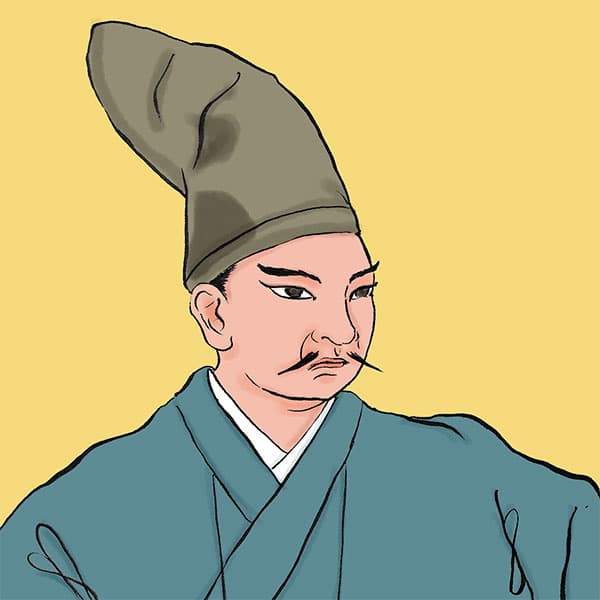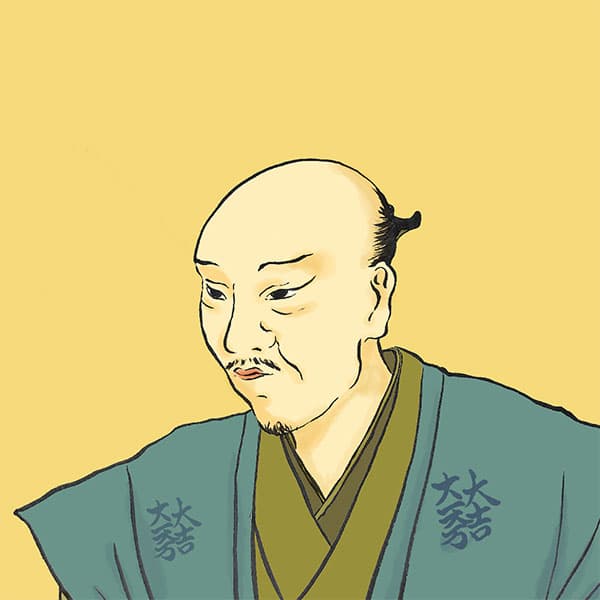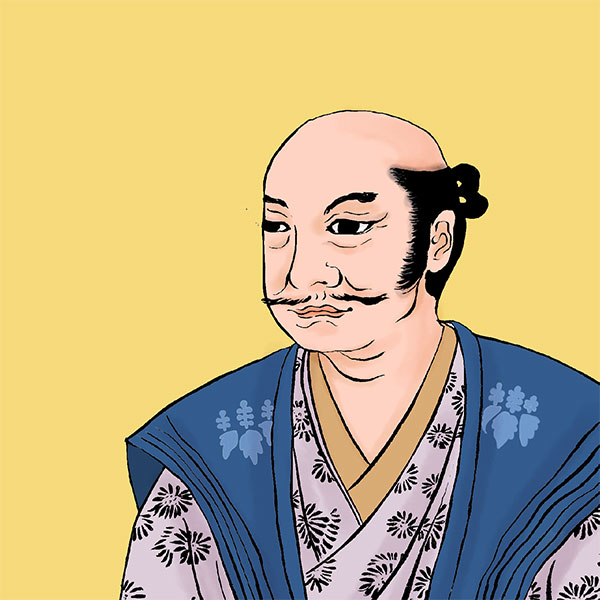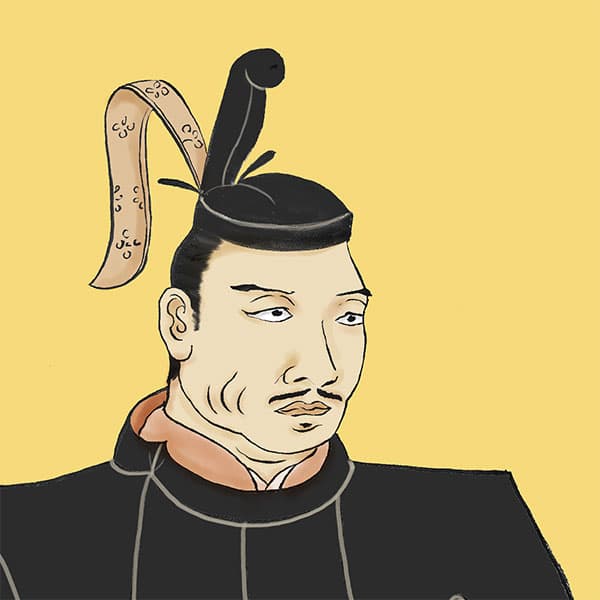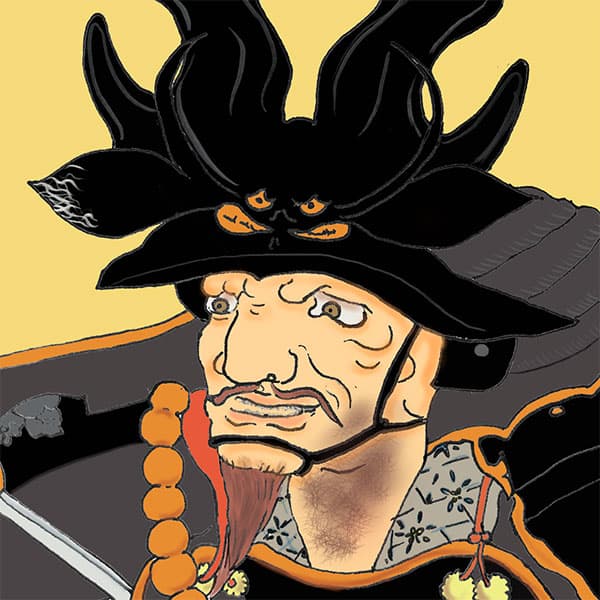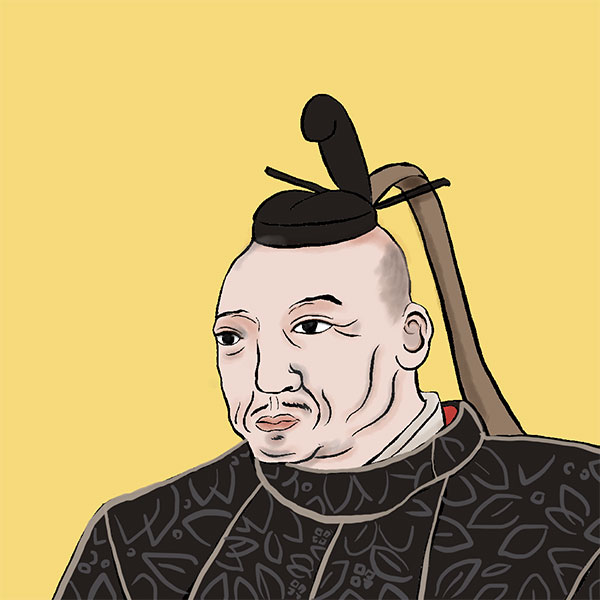Aizu conquest (2/2)The phantom battle that led to Sekigahara
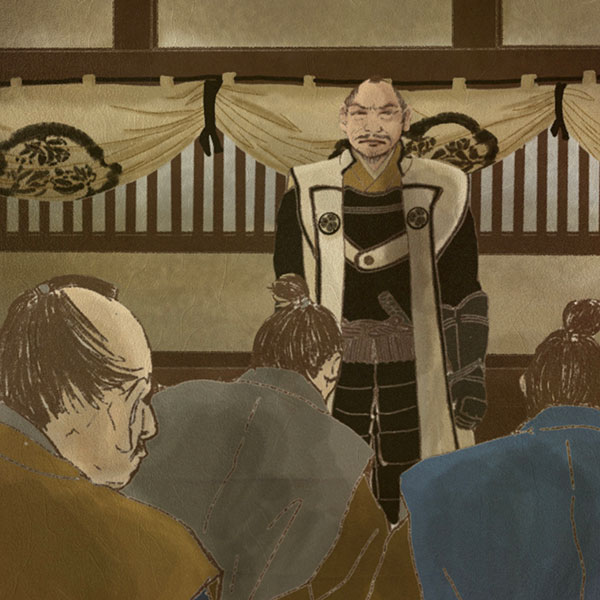
Aizu conquest
- Article category
- case file
- Incident name
- Conquest of Aizu (1600)
- place
- Fukushima Prefecture
- Related castles, temples and shrines

Tsuruga Castle
- people involved
Regarding the background of the subjugation of Uesugi, it is said that it was carried out by Ieyasu in order to seize power, or that it was a trap set by the Uesugi side to provoke a rebellion. In the first place, there is a theory that Ieyasu was unwilling to take military action because he wanted the Uesugi clan to take hostages like the Maeda clan and have them serve him quickly, and that Ishida Mitsunari, Kagekatsu, and Kanetsugu cooperated to defeat Ieyasu. There is even a dramatic theory that it was a ploy (the current theory is negative because there was no way to share information), but which one is correct remains in the darkness of history...
However, Ieyasu decided to conquer Aizu anyway. As the vanguard, they appointed Masanori Fukushima and other daimyo patrons of Toyotomi, as well as Naomasa Ii and Tadakatsu Honda, and set out from Osaka Castle on June 16th, heading to Edo via Fushimi Castle. On July 1st (and 2nd), they entered Edo Castle, prepared their military, and on July 19th, Tokugawa Hidetada and others departed for Aizu. Ieyasu followed suit and departed for Aizu on the 21st.
On the other hand, Kagekatsu Uesugi also made preparations to attack Ieyasu. Yoshimitsu Mogami from Dewa Province (Akita/Yamagata Prefecture), who was on the Tokugawa side, was also behind him, so he couldn't let his guard down. According to one theory, Kanetsugu Naoe teamed up with the Satake clan in Hitachi Province and was considering a strategy to pincer Ieyasu near the mouth of the Shirakawa River (Shirakawa City, Fukushima Prefecture), but nothing is known for sure. .
The conquest of Aizu ended in a fantasy
Tokugawa Ieyasu gradually advances his troops towards Aizu. In late July, Ieyasu received news of Mitsunari Ishida's raising of an army. Upon receiving this news, Ieyasu held a military council in Oyama, Shimotsuke (Tochigi Prefecture) on July 25th. That is the "Koyama rating".
There is only one point at issue in Koyama's evaluation. "Either take out Kagekatsu Uesugi, or go back and take out Mitsunari Ishida." Many of the military commanders who were with Ieyasu at this time were military commanders who were favored by Toyotomi. Mitsunari held their wives and children hostage.
Masanori Fukushima, Hideyoshi's baby boy, changed the course of the meeting. Masanori, who was in charge of military affairs and was a military advocate, was at odds with Mitsunari Ishida, who was in charge of political affairs and was a civilized party, and even caused a quarrel when he dispatched troops to Korea. Masanori sided with Ieyasu and declared that he would defeat Mitsunari, and the lord of Kakegawa Castle, Kazutoyo Yamauchi, also surrendered his castle, took hostages and joined his side, and the eastern army united against Mitsunari. It was decided to leave Hideyasu Yuki's army in Utsunomiya and return to the west to hold back Kagekatsu. As a result, the Aizu conquest was canceled without any battle taking place.
Furthermore, there has been a long-standing debate over whether Koyama's assessment did not actually exist, and one of the reasons for this is that the only existing historical materials that serve as basis for this are "copies."
Now, how did the Uesugi side react when they saw the Tokugawa army retreating?Despite the chance of a pincer attack, they simply let them escape without pursuing them. The famous reason for this is that ``attacking someone from behind is cowardly and goes against Uesugi's righteousness.'' The reason for this shows the high level of pride that Bumon had, but the most popular theory is that he was unable to move because he was wary of Yoshimitsu Mogami, Masamune Date, and others who were on the Tokugawa side. If Uesugi had left it to Takeshi's strength to pursue the Tokugawa army, perhaps the future would have been different...
Thus, Kagekatsu decided to attack Mogami without pursuing the Tokugawa army. This is how the Keicho Dewa Battle, known as the ``Sekigahara of the North'' occurred, and a fierce battle took place between the Uesugi army of about 27,000 and the Mogami army of 7,000.
Reread the article about the Aizu conquest
- people involved

- WriterNaoko Kurimoto(Writer)I am a former travel industry magazine reporter. I have loved history, both Japanese and world history, since I was a child. I usually enjoy visiting temples and shrines, especially shrines, and often do ``pilgrimages to sacred places'' themed around historical figures. My favorite military commander is Ishida Mitsunari, my favorite castle is Kumamoto Castle, and my favorite castle ruins is Hagi Castle. My heart flutters when I see the ruins of battle castles and the stone walls of castle ruins.



